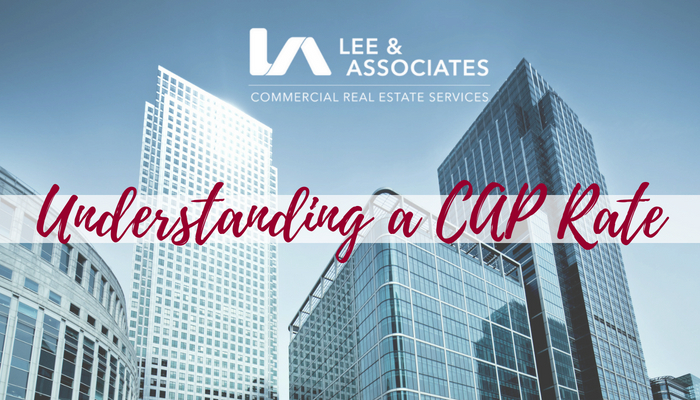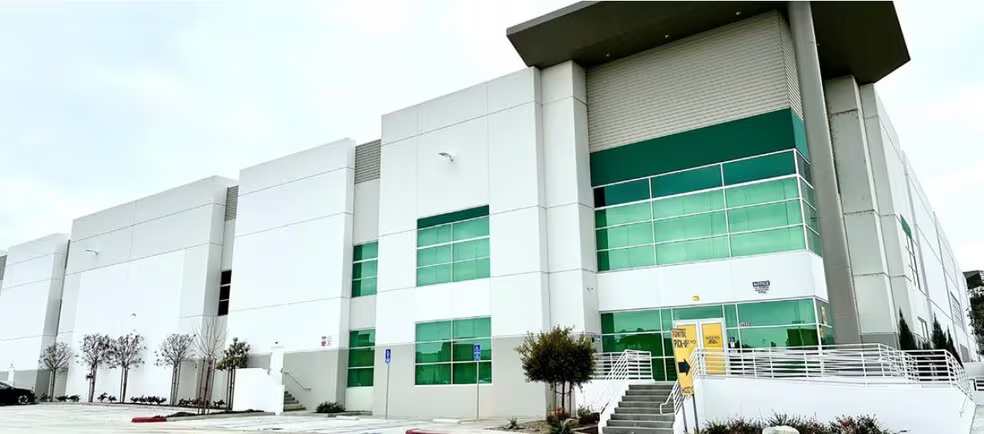What is a CAP Rate, and How does it Help Me Invest?
Simply stated, the CAP rate (Capitalization Rate) is the return you will get on an investment, expressed as a percentage. In commercial real estate investments, the “CAP rate” can be used to measure a property’s value and risk, and it is one of many factors to consider when investing.
Calculating a Cap Rate in Commercial Real Estate
If you invested $1,000,000 in a property, with a 6% CAP rate, you would receive $60,000, at year-end. Or if your commercial real estate property is generating $100,000 of net operating income per year and the market’s CAP rate is 10%. The value of the property is $1,000,000 (100,000 (property value)/.10 (CAP rate). To calculate the value of a property, take the annual net operating income, NOI, as defined in a previous blog, divided by the market’s CAP rate.
Using the CAP Rate to Maximize Return
The CAP rate is a sound basis for comparison. For example, say you have two properties in the same area. The CAP rate is a sound basis of comparison. Say you have two properties in the same area.One has a CAP rate of 10%, and the other has a CAP rate of 8%, and they cost roughly the same. Therefore, one property is generating 25% more income than the other property, and we can deduce that 10% is a better return than an 8% return. Typically, differences in CAP rate are due to overall differences in risk.
What are the factors that affect the CAP rate?
Factors affecting the CAP rate, including (but not limited to) are: asset class (Office? Industrial? Retail? Hospitality?), location (Downtown? Outlying industrial park? Mixed use?), economy and credit climate (current prime rate), current real-estate prices, lease duration, and other factors.
Limits of CAP Rate
A CAP rate is not useful for comparison if there is high volatility in either the NOI or the real estate market.
For example, a building with a low occupancy rate in a growing part of the city may actually be a better investment than a single client building whose lease is about to expire soon, even if they both may share the same CAP rate. The NOI volatility is not reflected in the CAP rate. A building with a very stable NOI tends to have low CAP rate due to low-level of risk, while a building with volatile NOI would have a high CAP rate due to the risk level involved.
The property value itself affects the CAP rate significantly. If the property is worth twice as much as when you first purchased it, then your CAP rate is divided in half, yet, you may have realized a considerable windfall.
For Further Inquiries:
If you have any questions about investments or commercial real estate jargon or if you would like more information on acquiring commercial real estate, please contact us today! You can also keep us with us on Facebook, LinkedIn, Google+, Instagram, and Twitter.
by Staff Writer, Lee & Associates Orange

